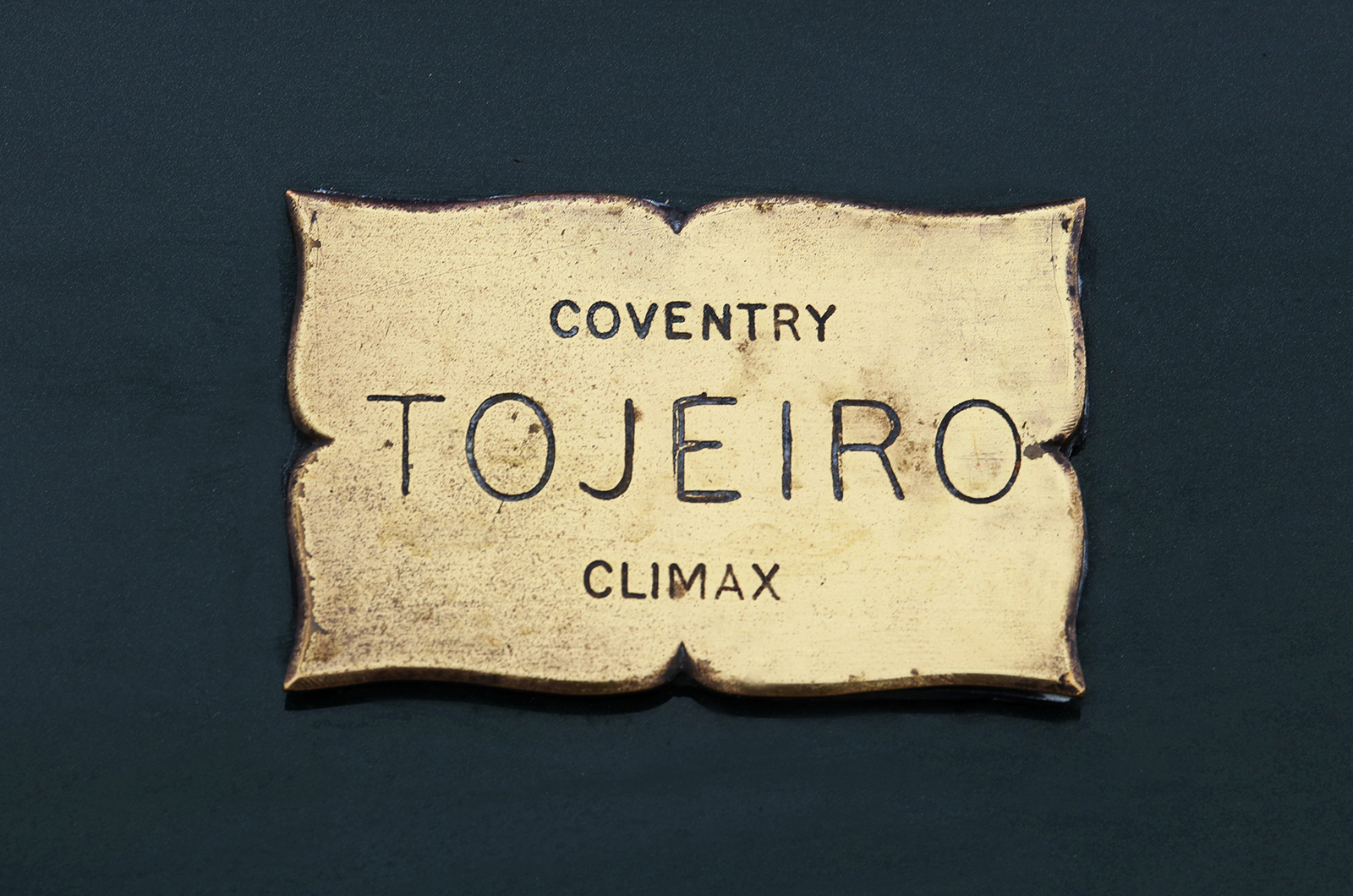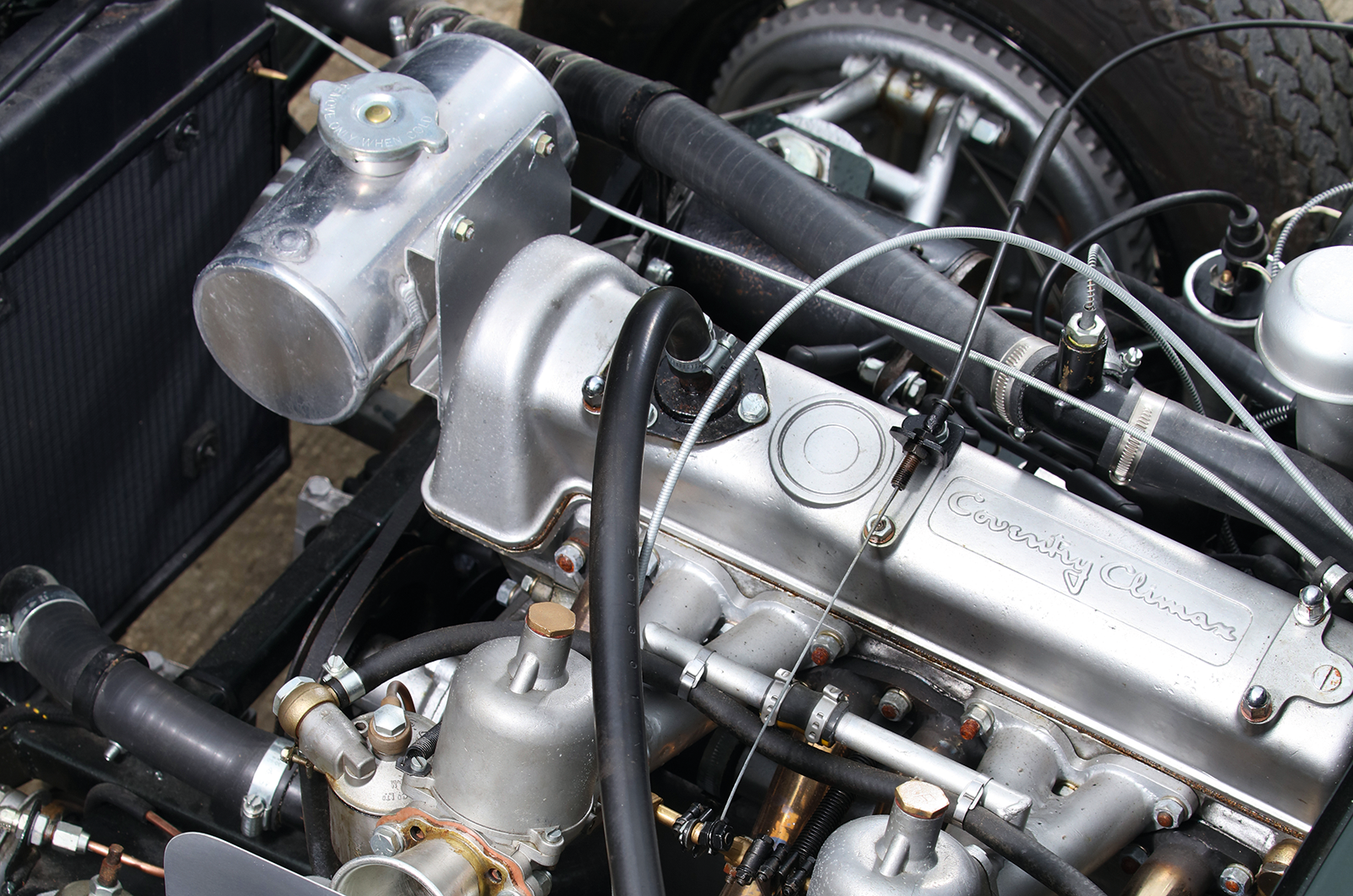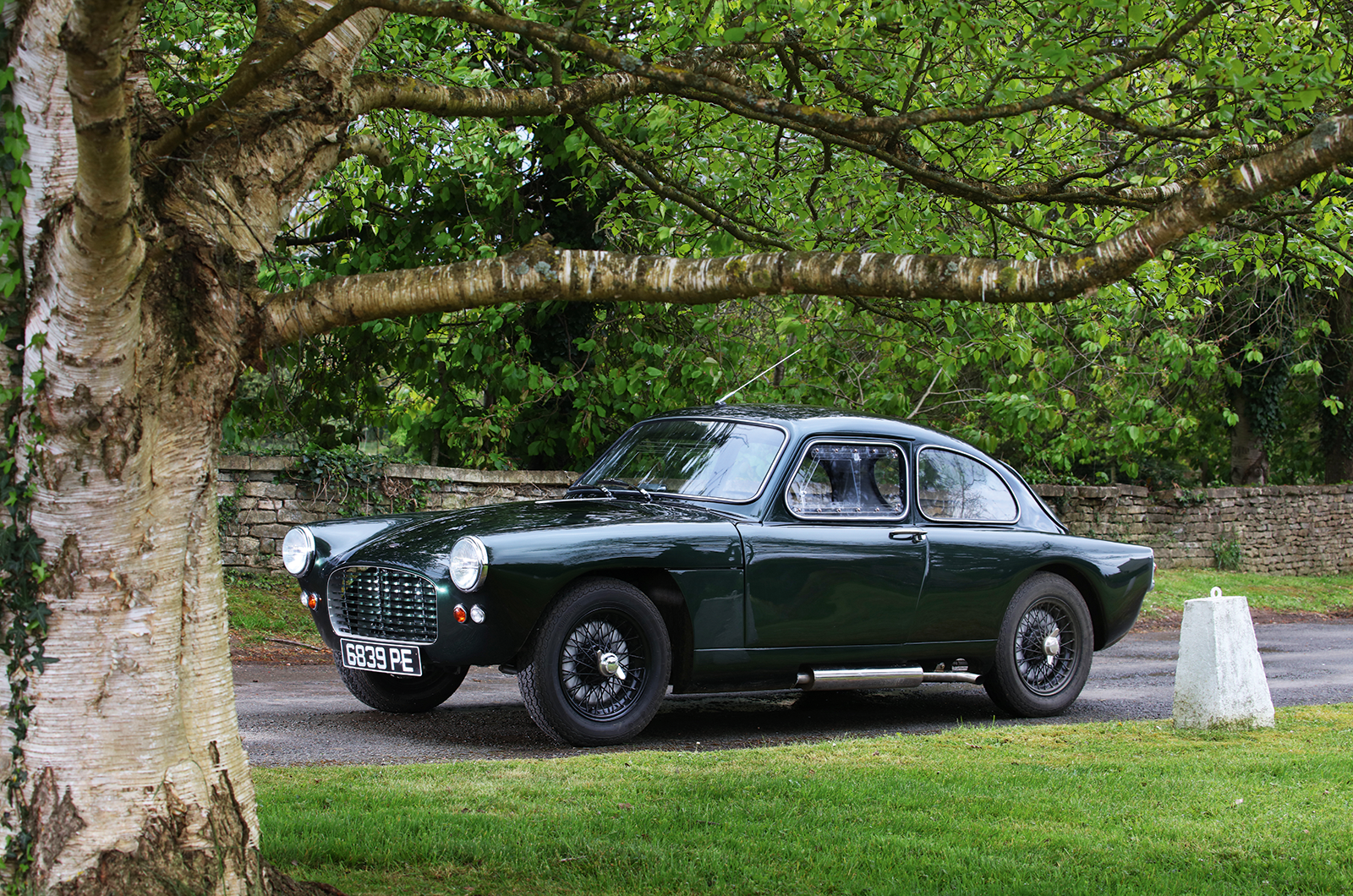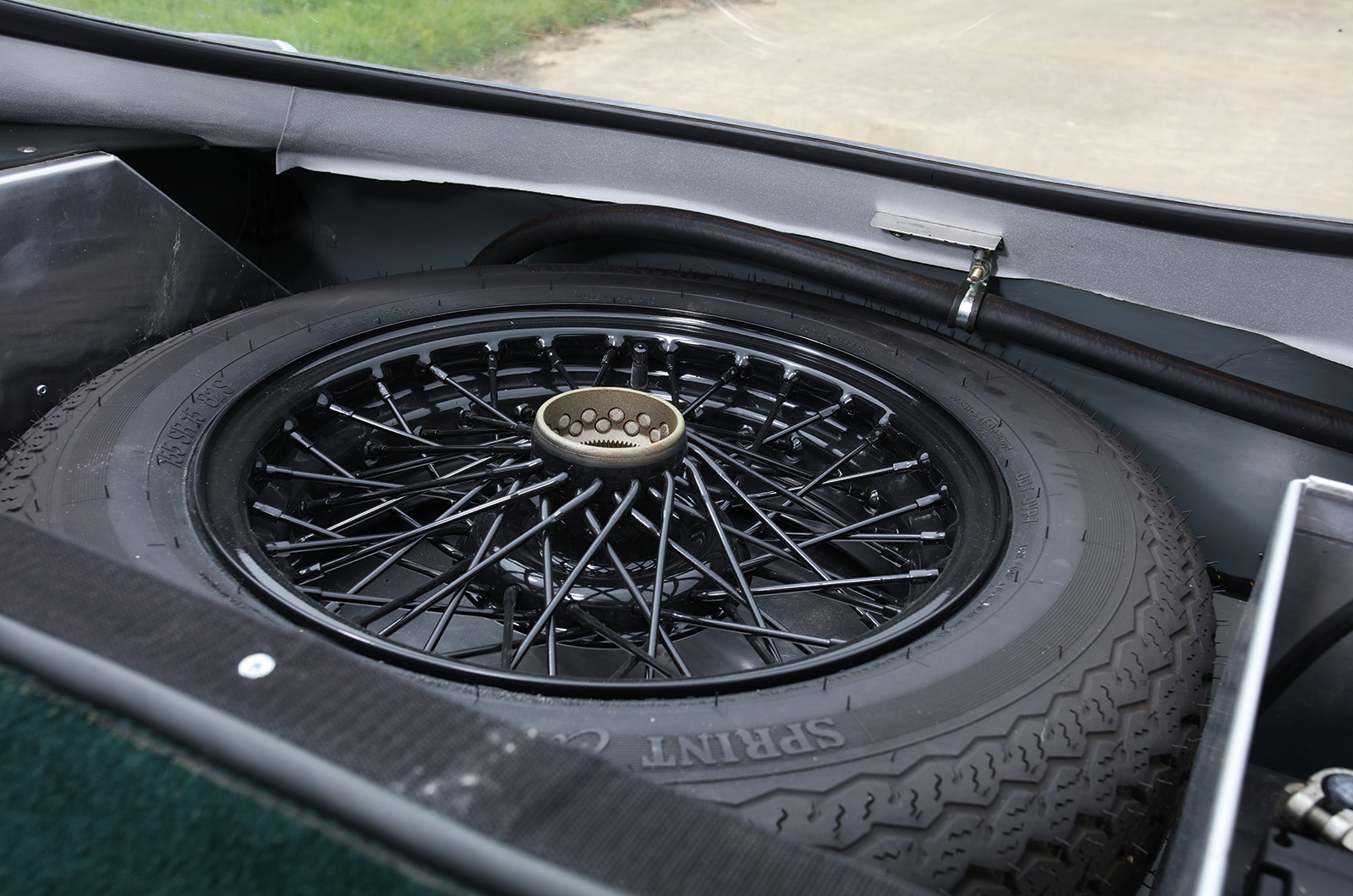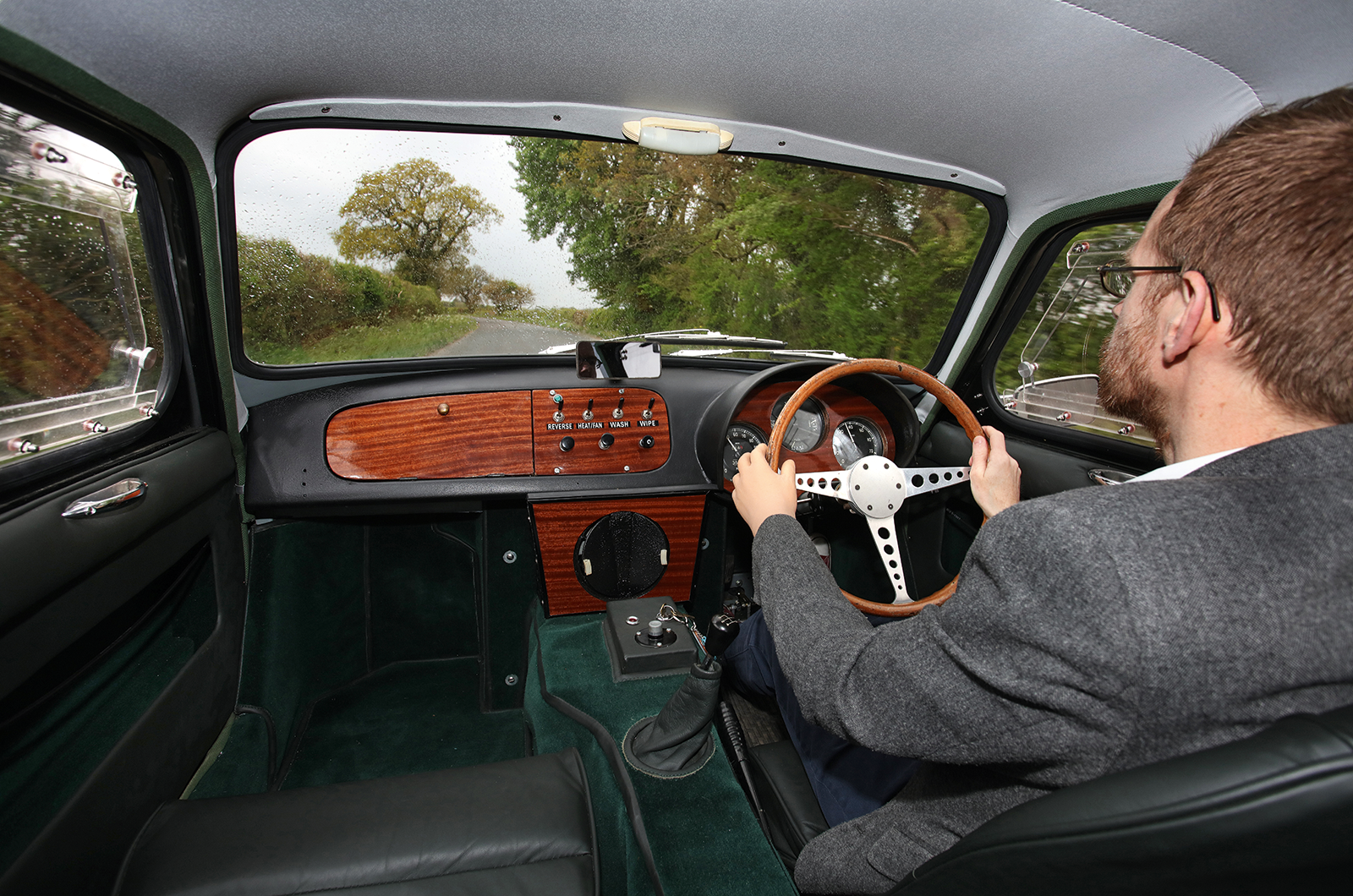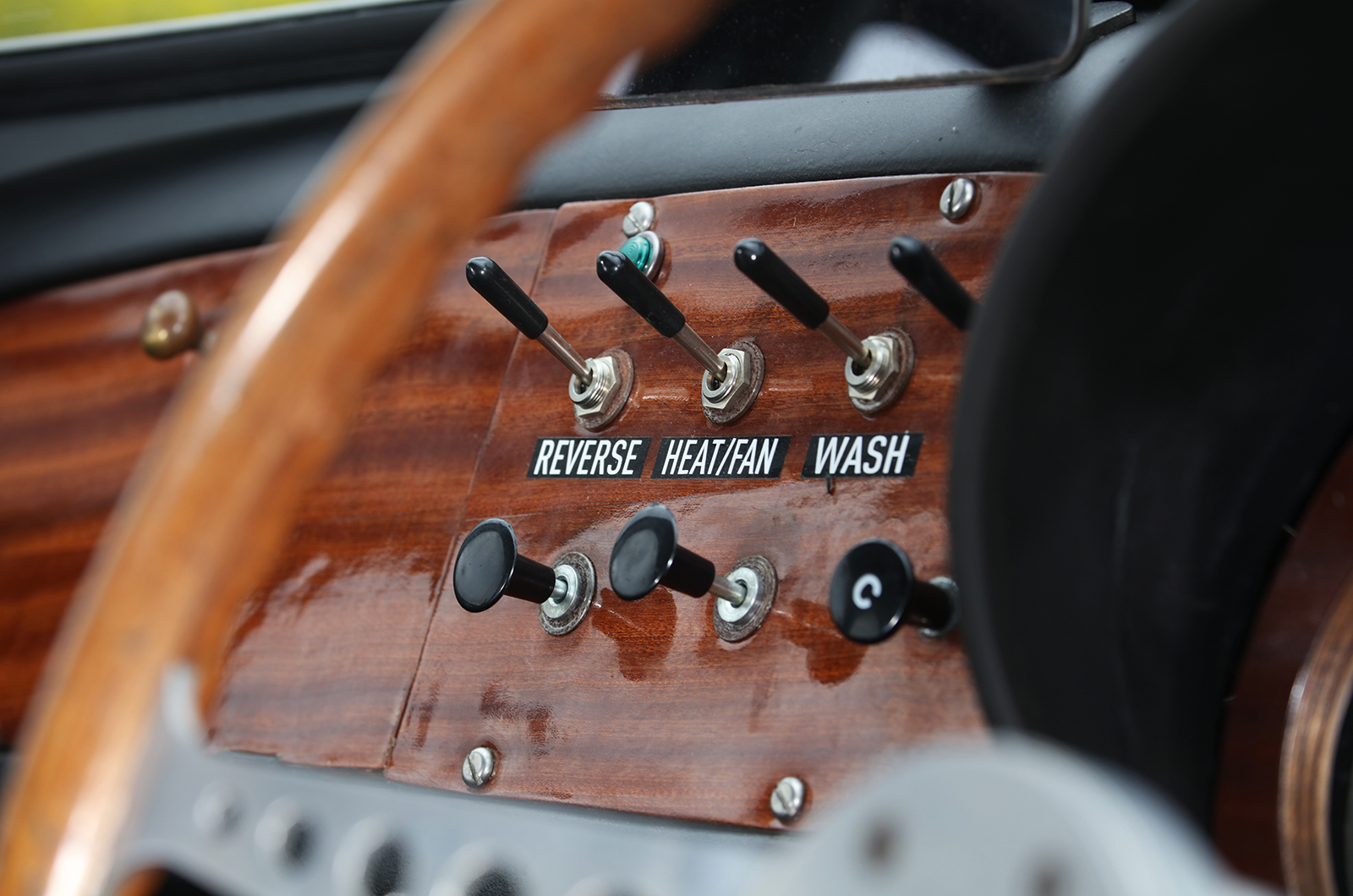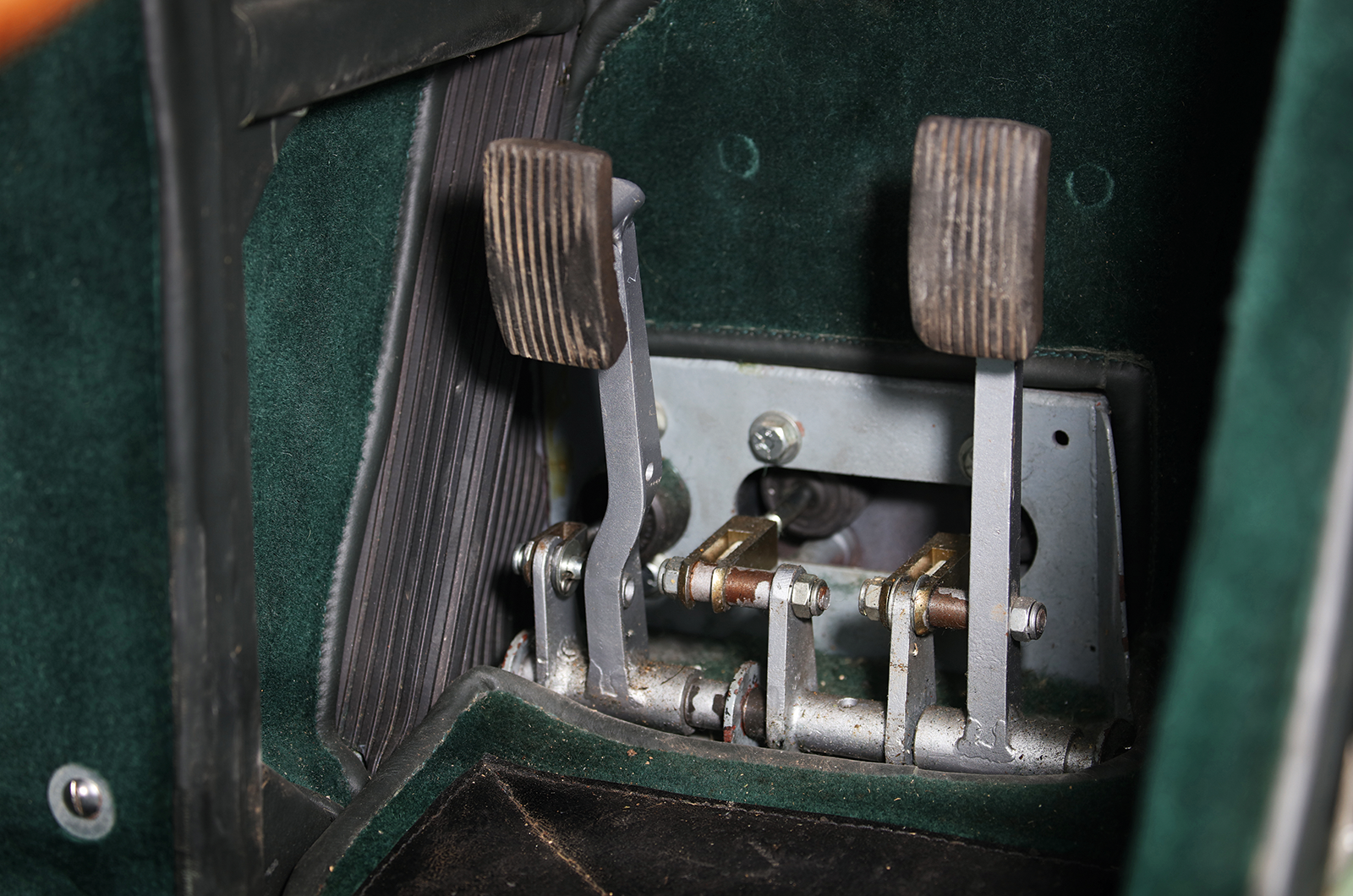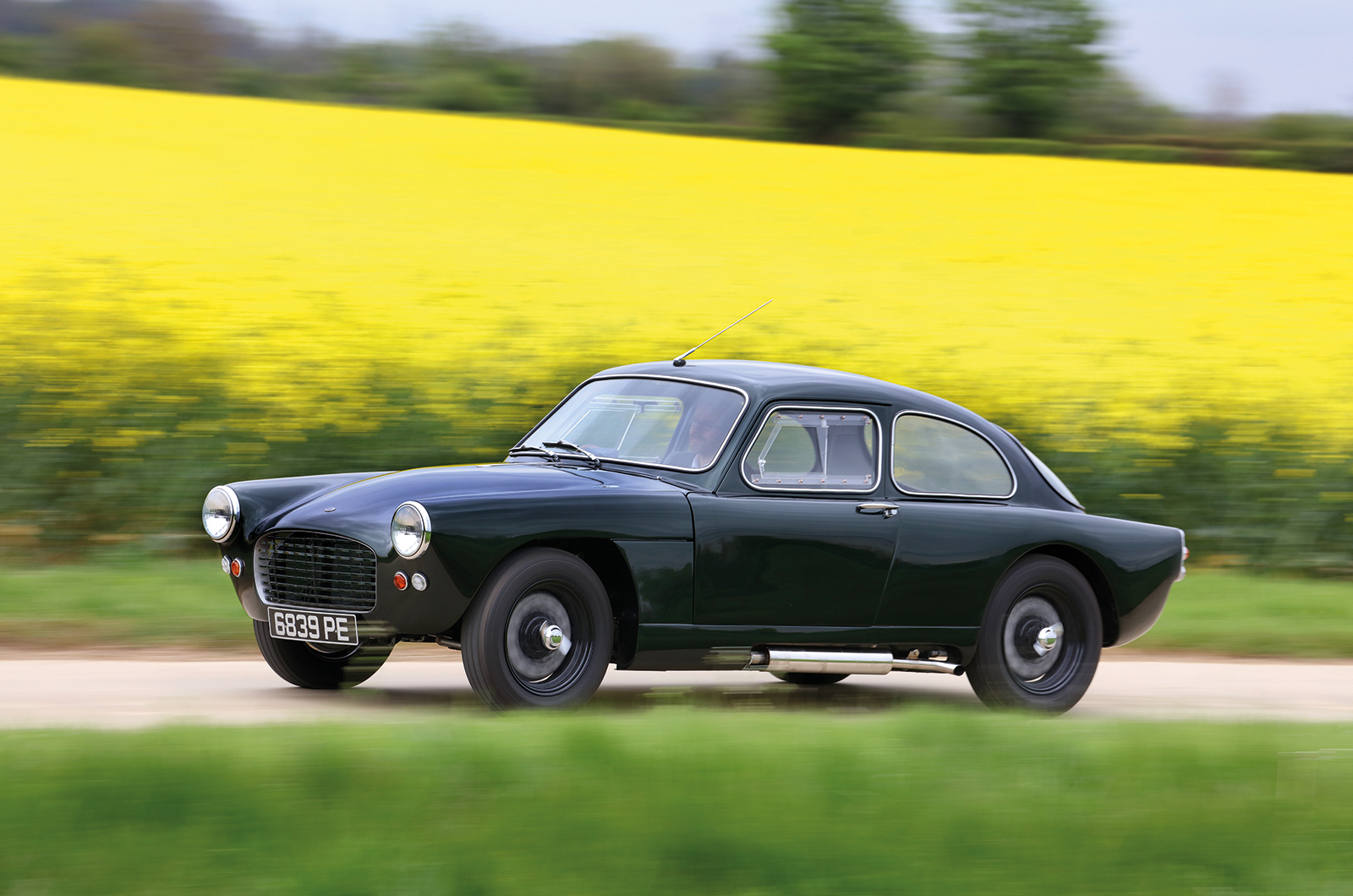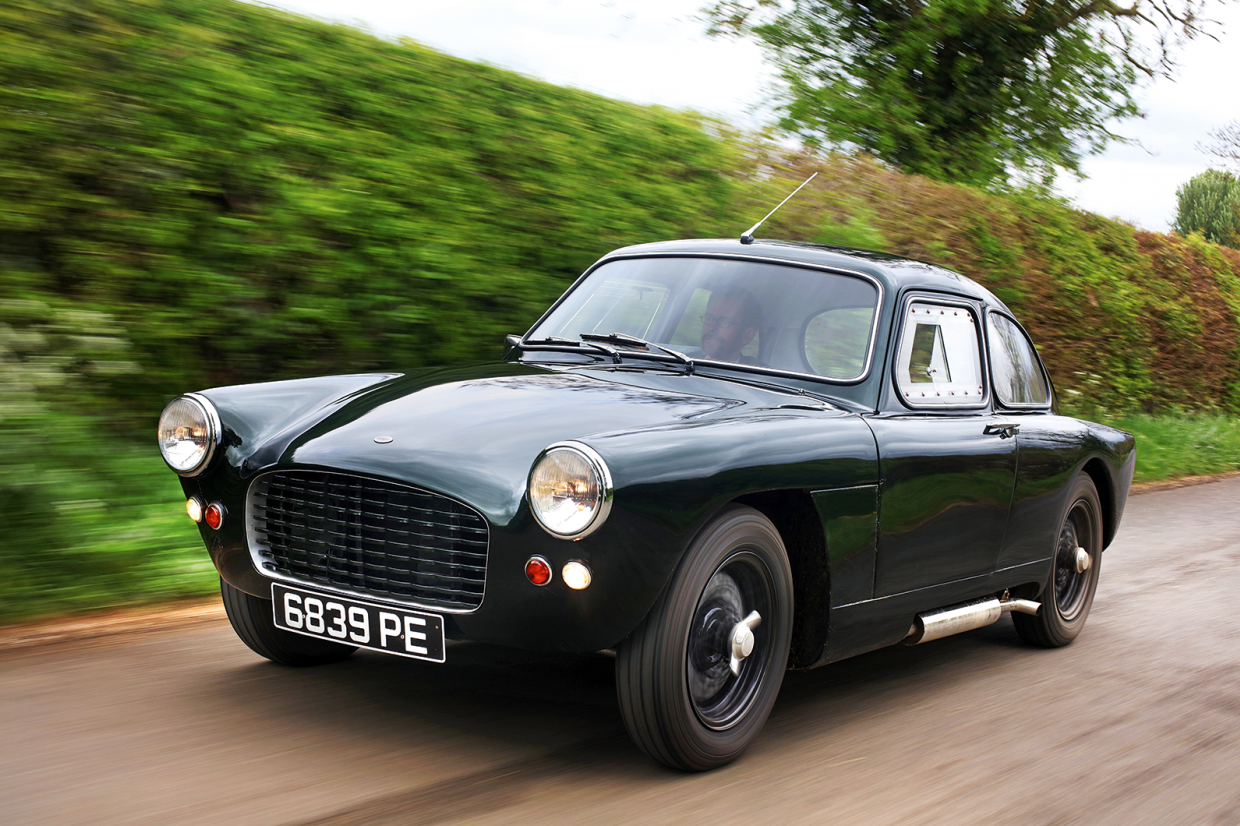
What a golden age the late 1950s was for fans of sporting machinery.
After the privations and post-war rationing – not to mention the awful pool petrol – the decade opened up all sorts of exciting opportunities.
Besides the mainstream MGs, Triumphs and Healeys, there were lots of options for those seeking something individual.
From the bones of a ropey old Austin Seven or Ford Eight, a delightful little roadster could be cobbled together for a few quid.
For those with deeper pockets, meanwhile, a cottage industry of up-and-coming équipes was happy to produce a more sophisticated bolide.
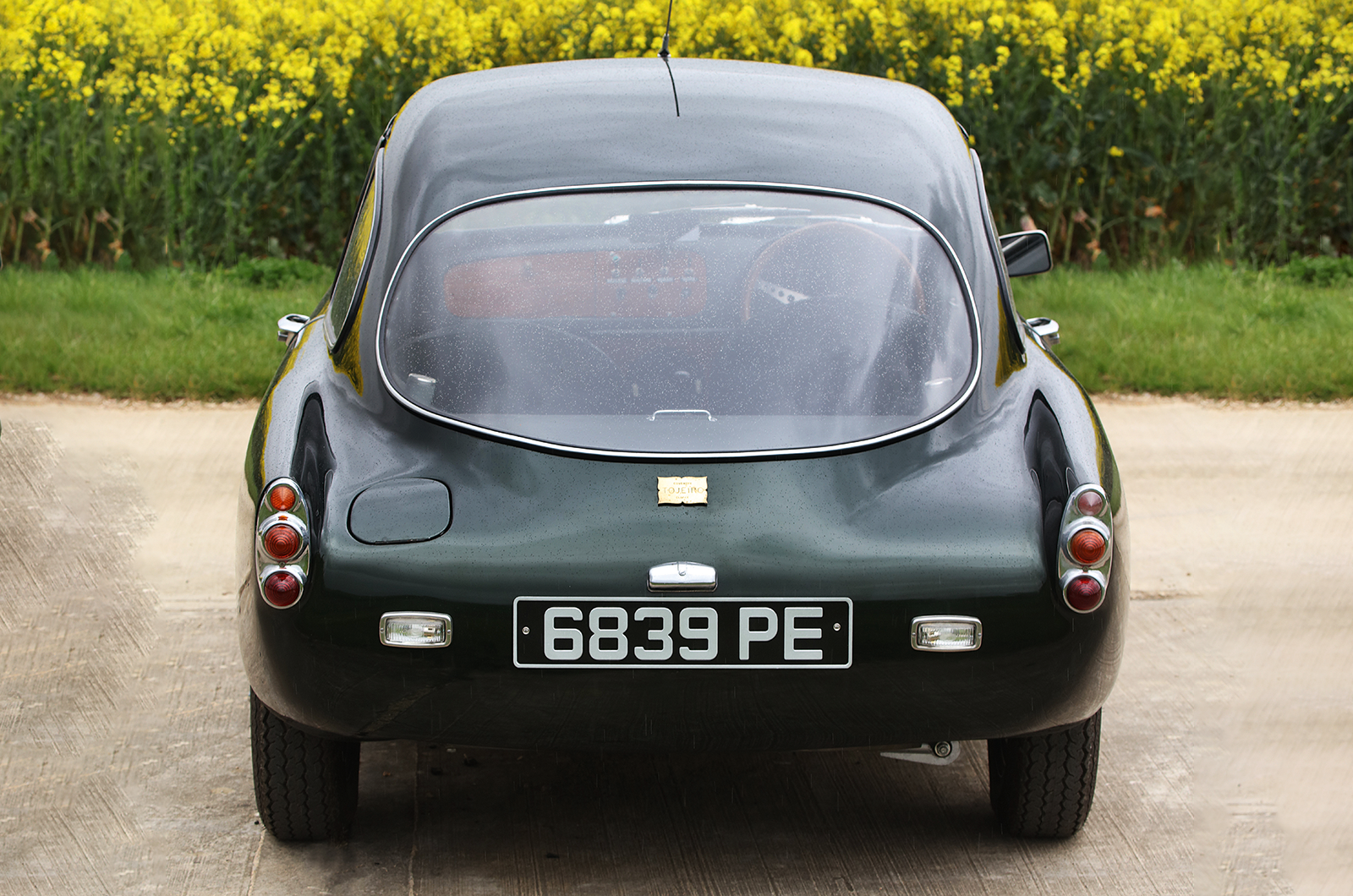
The complexity and cost of developing a car today – not to mention the difficulty of meeting the regulations – means that anything half-decent is unlikely to emerge from a lock-up.
But six decades ago, it seems, the most important items were a fertile mind and a bit of bravado.
With a healthy dose of ingenuity, a few talented people in a railway arch could knock together a credible sports car.
It was an exciting time, peppered with names that would enter into motoring folklore: Lotus and Cooper, Costin and Lola, plus plenty more.

